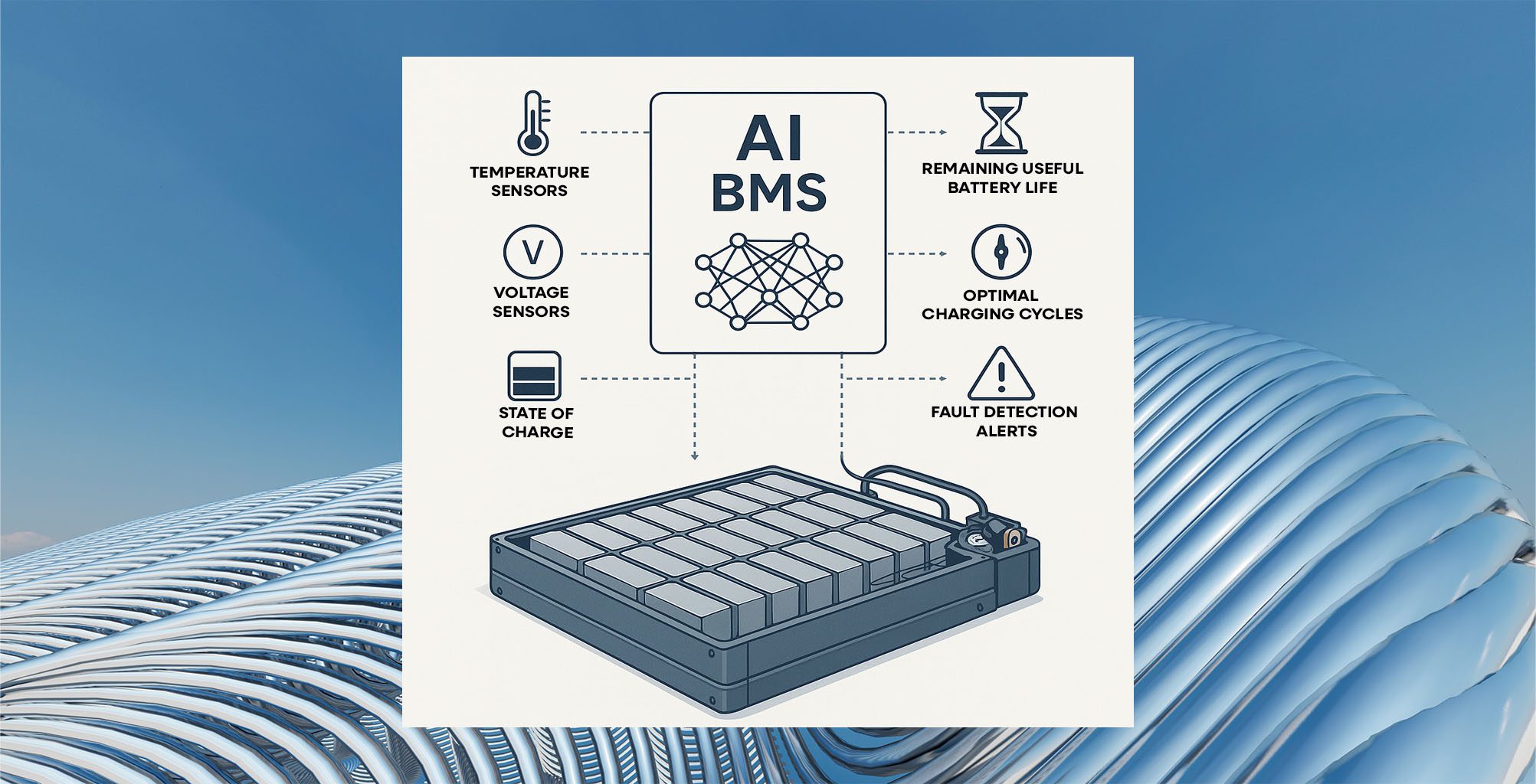Challenges with Cloud services scalability and how to do it right first time

Efficient use of Cloud Services
Cloud analytics are now an essential part of an effective battery management strategy for electric vehicles. Especially so for those deploying large fleets. Only by using the power of the cloud vehicle manufacturers and fleet operators can understand real world battery health, particularly as it changes over the lifetime of the vehicle. Without cloud analytics the opportunities to take action to mitigate warranty issues, premature ageing and even safety critical events are very limited.
But for cloud services to fulfil their role, they must be robust and available whenever they are needed. They must support the chosen data collection strategies, whether that’s periodic bulk uploads or the constant live streaming of data. Furthermore, they must be capable of gathering and analysing data from a variety of usage profiles that may encompass everything from rental scooters to HGVs.
This places unique constraints on their design, as with each strategy comes the possibility of different peak resource use patterns that must be carefully considered. And while it is important to ensure real-time availability of the service, it is equally important to avoid inefficient usage of resources if the system is to be cost-effective.
Cloud and SoX
“We recognised from the beginning that it was vital for cloud services to be developed in parallel with our industry-leading SoX (state of everything) algorithms,” explains Dr Alex Darlington, Technical Specialist at Eatron Technologies. “As part of that, we have developed a framework that allows testing of the cloud infrastructure using ‘virtual vehicle fleets’, effectively a digital twin that reflects the precise make-up of vehicles that enables our simulations to go well beyond standard load testing.”
Indeed, Eatron’s simulations are so detailed as to include modelling for not just the battery condition and performance but also the dynamics of the vehicle itself, and this generates loads that are truly representative of a particular fleet and its usage patterns.
There are a number of benefits to this approach. Of particular appeal is the speed with which even the largest virtual fleets can be created and configured, allowing specific algorithms to be tested and fine-tuned with little lead-time.
Realistic Data in a safe virtual Environment
The virtual environment generates not just realistic data but also realistic volumes of data, and because it is synthetic in nature, it sidesteps privacy concerns that can be an issue when real-world data is used.
Battery pack and cell failures can be modelled and tested safely in the virtual world with zero risk to anyone, and thanks to the ease with which vehicles can be added to the virtual fleet, even the most extreme scenarios, that are unlikely to be experienced in the real world, can be simulated relatively easily. This allows the thorough exploration of the effects of, say, sudden and widespread pack failure, in complete safety and without compromise.
By introducing a wide array of error conditions, predictive diagnostics can be developed and tested that more accurately detect anomalies or the effects of aging, in effect closing the loop between cloud analytics and the virtual fleet. In fact, the output from the simulations can even be used to supplement existing data gathered from the real world to generate large-scale datasets that help accelerate training of machine learning models. The result is even more accurate state-of-health (SoH) and Remaining Useful Life (RUL) assessments.
“It’s by modelling these scenarios in the virtual world that we can be confident of ‘right-sizing’ the provisioning of cloud services so that they match the requirements perfectly,” concludes Alex. “And by answering all the ‘what if’ questions up front, we can be sure of getting it right the first time.”
Interested to find out more? Check out our Intelligent Software Layers here or contact us via email info@eatron.com



